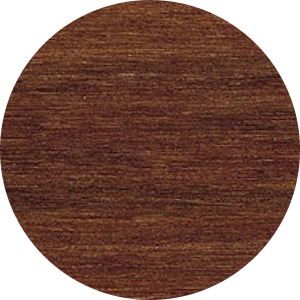
Scientific Name:
Manilkara huberi (Ducke) Standl., Sapotaceae.
Other Names and Related Species:
It’s also known as Maçaranduba-verdadeira, Maparajuba, Paralu andMaçaranduba-branca (in Mato Grosso). Other species of the Manilkara (M. elata, M. amazônica, M. longifalia, M. paraensis, M. bidentata, M. langifoliata, M. surinamensis) genus have woods with similar appearance and applications.
Description of the Tree:
Among the trees in the Amazon region, it is one of the largest, often 30 to 40 m high and sometimes up to 50 m high, with diameters between 60 and 120 cm. It has a straight stem, generally usable from the base.
Wood Characteristics:
Red-purple heartwood, with a tendency to become dark red over time, distinct from sapwood which is light brown; fine and uniform texture, medium shine, usually straight grain; imperceptible smell and taste.
Region of Occurrence:
It is found throughout all the Amazon region, reaching the northeast part of Maranhão.
Physical-Mechanical Properties:
Maçaranduba wood is very heavy, with high volumetric retractability and medium to high mechanical resistance. It has high natural durability.
Behavior During Drying:
Wood considered of difficult air-drying, with cracks, warping and severe surface hardening. Artificial drying must be slow and carefully controlled.
Workability:
Wood moderately difficult to cut and flatten, but easy to turn and glue. It tends to crack if nailed or screwed without prior drilling. Receives good finish, painting, varnish, luster and kneading.
Suggested Uses:
External civil constructions such as bridge structures, fence post , poles, stakes, guardrails, railroad crossties; internal parts of civil construction such as frames, bats and floorboards, beams, rafters, slats, door and window frames or thresholds; hydraulic works, etc.
Source: REMADE
